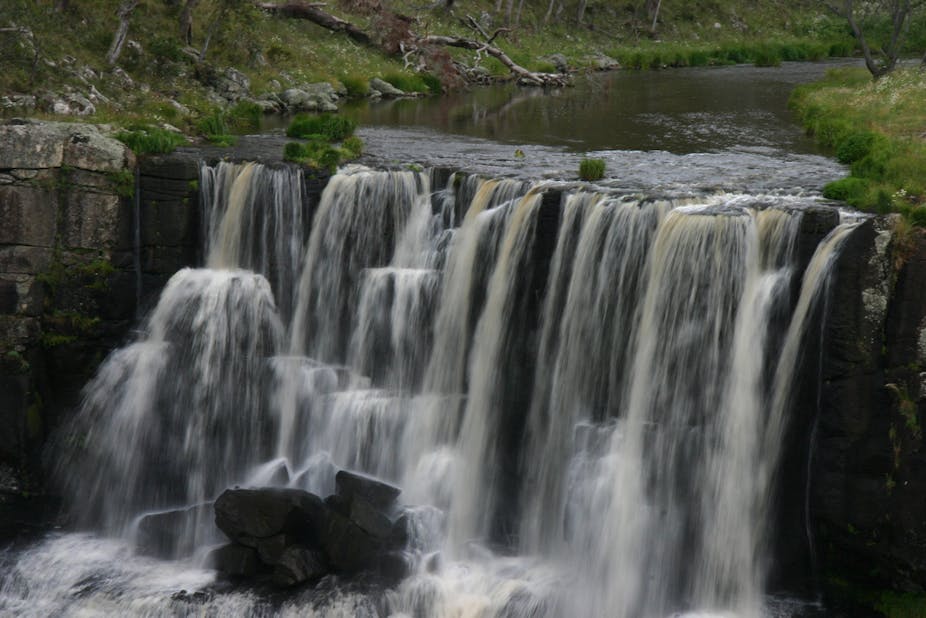Countries create national parks to protect areas of biological, physical, cultural and spiritual significance. In Australia, we generally prefer national parks to be free from activities such as hunting, fishing and logging. But in other countries, these kind of “consumptive” activities give people a stronger attachment to parks, and an investment in protecting them.
Over recent months, hunting, fishing and logging have all gained a toehold in some state-run national parks. Many have called for such activities to be outlawed, and they have support of Federal environment minister, Tony Burke. But many people believe they could have their place.
Parks under pressure
Australia’s objectives for its national parks - based on guidelines from the International Union for the Conservation of Nature - include subsistence resource use by local communities and visitor use for recreational purposes. Until now, this allowance for low-level “consumptive” activity has been uncontentious. But in Victoria, Queensland and NSW, certain lobby groups have gained more political power and are pushing for more fishing, more hunting, more grazing, more hotels and more logging. In many cases, legislation is giving them what they want.
National parks are already under a great deal of pressure from climate change and lack of funding; Tim Flannery has argued they can no longer do the job of protecting biodiversity. We know that if we want national parks to be strongholds for conservation, we need to change the way we approach management. Some have suggested putting all national parks under Federal control, but positive change requires more than shifting responsibility for management. It also requires more than simply saying “no” to consumptive activities. We need to address the fact that some Australians want more access to publicly managed lands while others oppose them.

How do other countries deal with this? Some nations, like Bhutan, believe that people who benefit directly from national parks will be more likely to support their maintenance. Accordingly, they see parks and people as interlinked, and permit local people to draw upon some areas of national parks for timber, fodder and firewood.
But we are then left with the question of how to fairly and usefully determine which activities will work in which conservation areas, rather than leaping to conclusions based on emotion and preconceived ideas. Strategic adaptive management - described below - could be our guide.
What does good park management look like?
Let’s take the case of recreational hunting. Calling for hunting, even if it is to conserve species or ecosystems threatened by pest animals, guarantees conflict. It heads straight for a solution (one most stakeholders won’t like) without defining the problem.
Instead, managers should use data from well-resourced, scientific monitoring to decide if invasive species are causing significant negative impacts. Groups with a stake in management should look at this information, assess the risk that various strategies (such as hunting) pose and make recommendations about the best course of action to mitigate impacts.
This discussion would help managers determine which interventions to make, balancing effectiveness and social acceptability.
Ongoing monitoring would track pest species’ population and environmental impacts. If pests weren’t being reduced, stakeholders would determine how to improve management.
Sadly, this ideal differs significantly from the real-world scenario. Instead of robust monitoring there are opportunistic snapshot surveys of little management value. Instead of genuine stakeholder consultation, there are often top-down political imperatives for action. Instead of evidence-based tailoring, there are knee-jerk decisions, cuts to already insufficient budgets and guesses regarding the status of management progress.

Scientific assessments would often find the threat consumptive activities pose to threatened species or endangered ecological communities is too great, or the cost of monitoring too high to make the activity worth while. But in other cases, assessment may find some consumptive activities can be undertaken safely.
This last notion will upset some people, on the basis that any consumptive activity in these areas is “the thin end of the wedge”. But to protect less resilient areas we may need to accept objective decisions about where consumptive activities can happen safely. Doing so can help ensure logging, hunting and grazing only occur if and where it is “safe”, rather than as broadly and intensively as special interest groups would like.
We hope the suggestion to rely more on science will be appealing to scientists, conservationists and managers hobbled by current policies. Fear, greed and ignorance stop Australia implementing depoliticised national park management. For our suggested approach to work, we need increased scientific literacy and funding. Most of all, however, we need to champion the scientific process, rather than act simply as advocates for our personal preferences.

